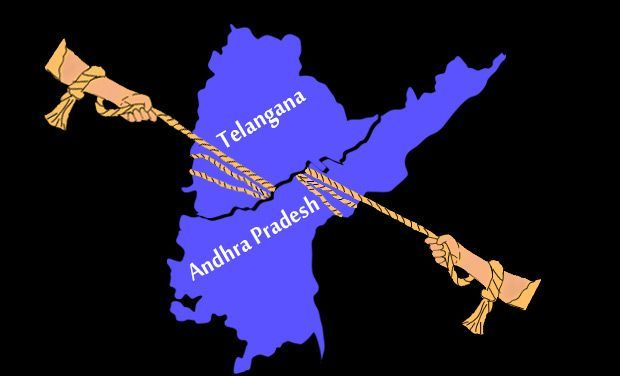Free Courses Sale ends Soon, Get It Now


Free Courses Sale ends Soon, Get It Now



Copyright infringement not intended
About:
Assets to be divided:
Stand of Andhra Pradesh Government:
Sheela Bhide expert committee:
Stand of Telangana Government:
Role of the Union Government:
Way Forward:
https://epaper.thehindu.com/Home/ShareArticle?OrgId=GKTAO4QTM.1&imageview=0
© 2024 iasgyan. All right reserved